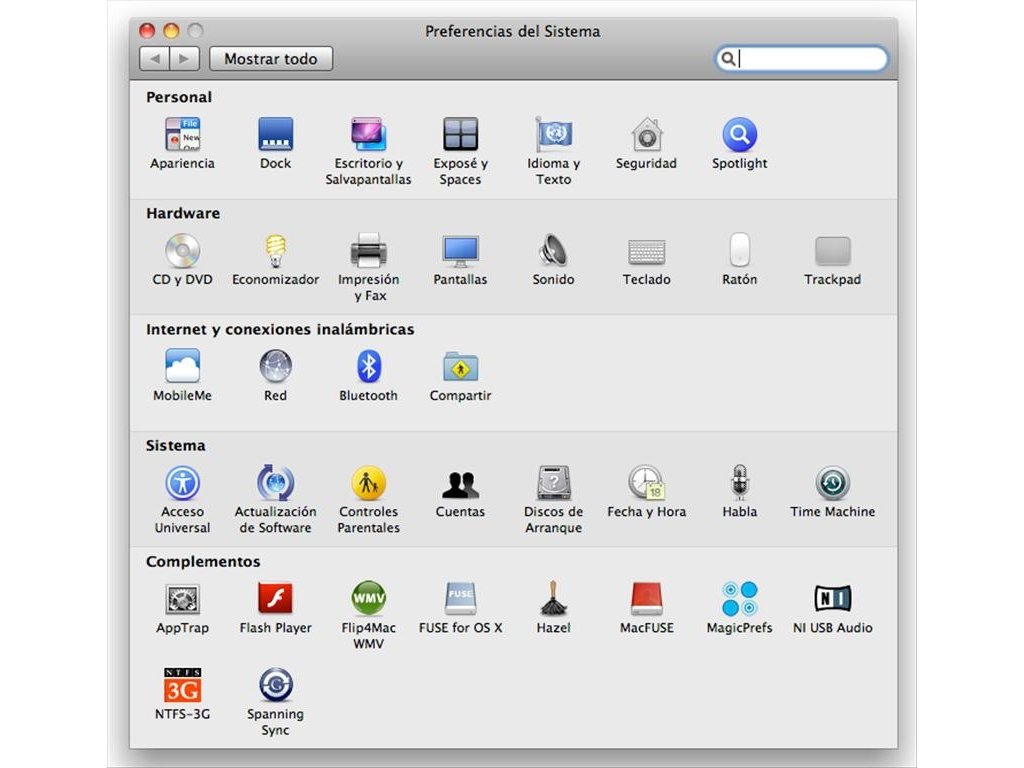

- #NTFS 3G FREE FOR MAC FOR MAC#
- #NTFS 3G FREE FOR MAC DRIVERS#
- #NTFS 3G FREE FOR MAC SOFTWARE#
- #NTFS 3G FREE FOR MAC PASSWORD#
Type the following command into the terminal to open the /etc/fstab for editing in the nano text editor:Īdd the following line to nano, replacing “NAME” with the label of your NTFS drive: Navigate to Applications > Utilities > Terminal or press Command+Space, type Terminal, and press Enter. This might not work properly - don’t blame us or Apple if you experience problems.įirst, be sure that your drive has a convenient single-word label. We don’t recommend the below method because it’s the least tested. You can then uninstall FUSE for OS X from its panel in the System Preferences window and re-enable System Integrity ProtectionĪpple’s Experimental NTFS-Writing Support – The Least Stable, Don’t Do This Sudo mv /sbin/mount_ntfs.original /sbin/mount_ntfs After you do, run the following commands: To undo your changes and uninstall everything, you’ll need to first disable System Integrity Protection. NTFS-write support should be functioning now. Launch a terminal in recovery mode and run the following command: Reboot your Mac and hold Command+R while it’s booting to enter recovery mode. Lastly, re-enable System Integrity Protection. Sudo ln -s /usr/local/sbin/mount_ntfs /sbin/mount_ntfs Sudo mv /sbin/mount_ntfs /sbin/mount_ntfs.original Launch a terminal from the Utilities menu in recovery mode and run the following command:įrom the Mac desktop, open a Terminal window again and run the following commands to make ntfs-3g function: It’ll boot into a special recovery mode environment. Reboot your Mac and hold Command+R while it’s booting. It works great out of the box, but if you're looking for further customization, you can go to System Preferences, where you have options like filename normalization, filesystem caching, debug logging, and more.Next, you’ll need to disable System Integrity Protection.
#NTFS 3G FREE FOR MAC FOR MAC#
If you often come across NTFS thumb drives, or have a Windows installation on your Mac that you'd like to access, NTFS-3G for Mac is just the right app for you. There are also instances of copying failures.ĭeletions are final: You have to remember that once you use this application, the files you delete no longer go to the Trash. Slow file transfers: File transfers are noticeably slow. Reboot required: Your NTFS drives won't be recognized by Finder unless you reboot your system. UBLIO caching: While it increases performance, it may damage the NTFS disk in case of a system crash or if the drive is not disconnected properly.
#NTFS 3G FREE FOR MAC PASSWORD#
During the installation process you will be asked for your administrator password and to choose whether to use UBLIO caching. With it you can turn on file system caching as well as configure global and volume options, including filename normalization, debug logging, and unclean volume recovery.Įasy installation: If you don't already have the MacFUSE and FUSE for OS X frameworks on your machine, which are necessary in order to run the app, they will be automatically installed. Neat preference pane: NTFS-3G for Mac provides a clean and accessible preference pane for your NTFS-3G driver. Quick: We transferred a 700MB file in 45 seconds on a Mac, and the same file in 42 seconds using the Mac's Bootcamp installation of Windows. Overall, it performs well, with speeds approaching those you would get in Windows.

#NTFS 3G FREE FOR MAC SOFTWARE#
The software comes free of charge and features several advanced options such as caching and filename normalization.
#NTFS 3G FREE FOR MAC DRIVERS#
NTFS-3G for Mac adds drivers to your OS X installation that allow you to read and write to NTFS-formatted thumb and external hard drives as if you're using a Windows machine.


 0 kommentar(er)
0 kommentar(er)
